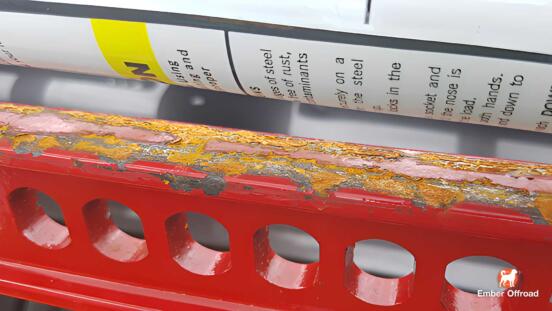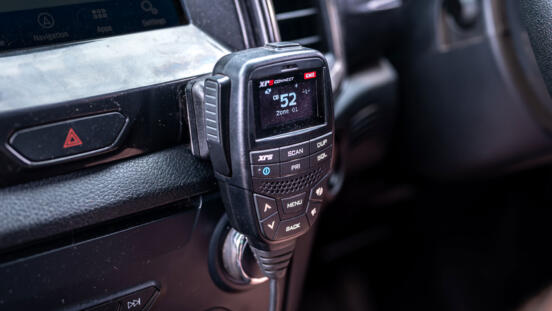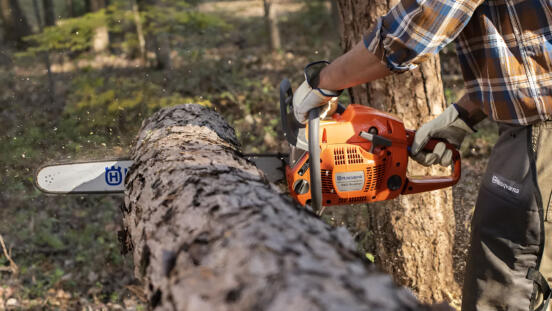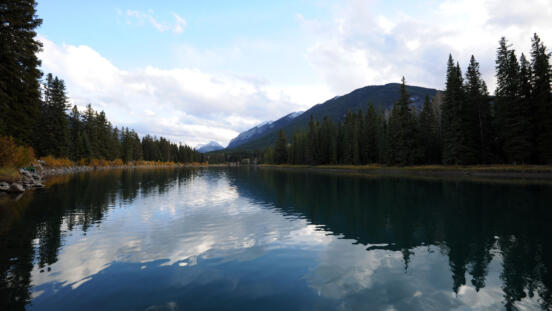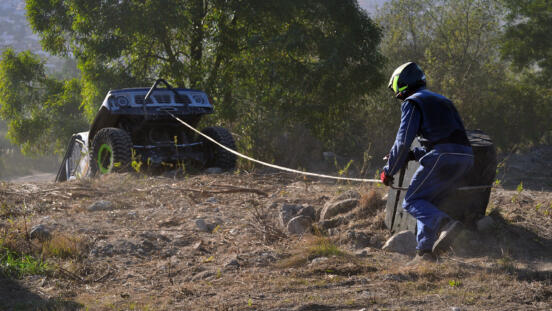
Anderson plugs have basically become ‘the standard’ external connections for four-wheel drive 12v setups; be it for connecting caravans/trailers to your vehicle for the alternator to charge auxiliary batteries in whatever you’re towing, connecting external power banks, or connecting portable solar panels to keep your auxiliary battery systems charged while camped for extended periods.
Above image credit: Eledric.com.au
Anderson’s two-pole SB connectors (pictured above in grey and red) come in a range of ratings starting at 50 Amps, which is plenty of capacity for the majority of four-wheel-drive 12v applications. Some examples:
- A single compressor unit like the ARB CKMP12 portable air compressor draws 32 amps at maximum load.
- A 300w solar panel will produce a peak current of around 15-16 Amps (subject to a whole bunch of variables, panel quality, sun conditions, etc.)
- The popular Waeco CFX3 55 litre fridge has a peak draw of 8.7 Amps.
One common exception is if you have a high-current BCDC battery charger like the Redarc BCDC1250D which provides 50 Amps, charging auxiliary batteries in your camper-trailer/caravan, but that’s easily addressed by using an SB120 (rated for 120 amps) for that connection.
Anderson SB connections are available up to 500 Amps, but the only thing in a common 4WD build that is going to draw anywhere near that much current is a winch under load, and that’s not something you’re going to have connected via a removable plug if you have a bull bar installed winch as 99% of us will do.
The plugs also come in a variety of colours with different shaped lugs in the connectors, to make remembering which plug is for which device foolproof. Grey plugs will only with with other grey plugs, red with red, blue with blue, and so on. This way you can have a power-out connector for your fridge in one colour, and a solar-in to your regulator in another colour, and never be able to accidentally connect the wrong systems.
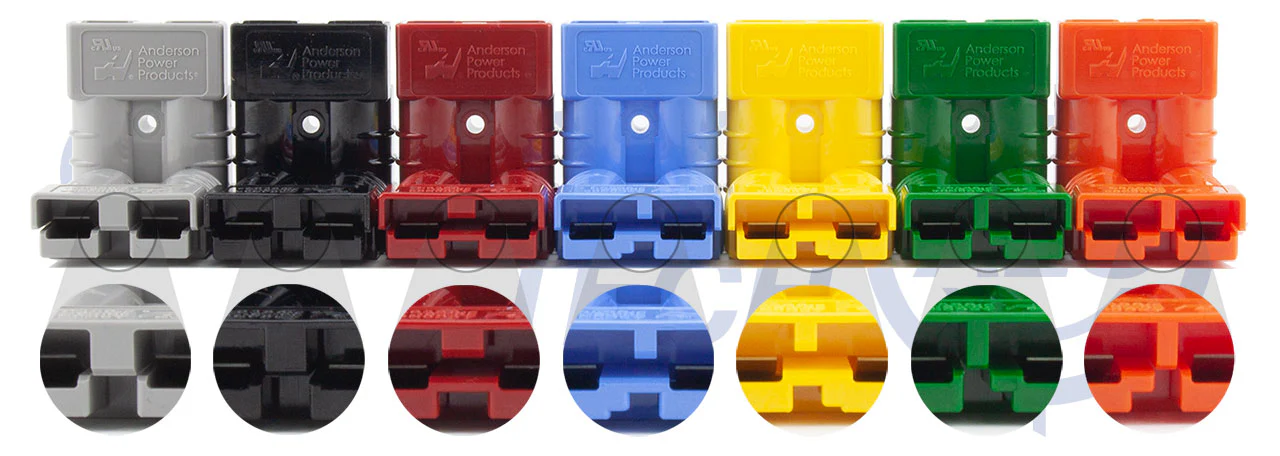
Image credit: ctals.com.au
Once you’ve fitted an external Anderson connection from your battery, Anderson plugs can also be used to replace the alligator clips that come standard on many portable electrical accessories, like air compressors and solar regulators.
Aligator clips provide a relatively poor electrical connection, as only a very small portion of the clip actually makes contact with your battery terminals; the points of the “teeth”. This leads to high resistance in the connection, voltage loss, and an unnecessary build-up of heat. Not to mention the physical connection reliability of an alligator clip can generously be called ‘poor’ at best. Anyone who’s used them a few times will have knocked once loose at least once.
For something you use once in a blue moon like jump-starter cables, this is ok, but for anything you will use over days, e.g. solar panel input, or for something with a high current drawer that lasts several minutes, e.g. an air compressor, Anderson plugs provide a much more solid, efficient connection.
Something a lot of wheelers are concerned about on their first time building a 4WD and adding external Anderson connectors though, is water; rain, tire splash, river crossings, etc., and how this will affect their plugs’ operation and safety. The good news is, it’s far less of a problem than you might assume.
SAFETY FIRST: Can you electrocute/shock yourself through water? Yes, absolutely, 100%.
Nothing written here should be taken as a dismissal of safety practices when it comes to water and electricity; it is here to provide examples and a practical understanding of 12v auto-electrical applications and situations you’ll find yourself in as part of four-wheel-driving. If you have doubts about the electrical setup in your 4WD, consult a qualified auto-electrician.
That said, let’s carry on.
Why is rain no big deal?
Water itself is in fact a very poor conductor of electricity, it’s actually certain impurities in water that make it conductive; things like sodium, chloride, calcium, potassium, etc., things you will naturally find throughout nature in oceans, rivers, lakes, and rocks.
For this reason, fresh rain is almost non-conductive as far as 12v applications are concerned, the process of evaporation effectively distills the water from the ground, leaving the impurities behind. The purer water then falls back to earth.
Of course, this process is not 100% perfect, falling rain can pick up impurities from the air as it returns, and when pooling on surfaces back on the ground, it will begin re-absorbing impurities that allow conductivity. But, this is not going to result in a spectacular electrical explosion as movies would have you believe.
The amount of conductivity in clean rain is not enough that it will affect a properly wired and mounted Anderson plug in any meaningful way. In reality, you’ll find water on your Anderson plugs makes for a very unexciting show.
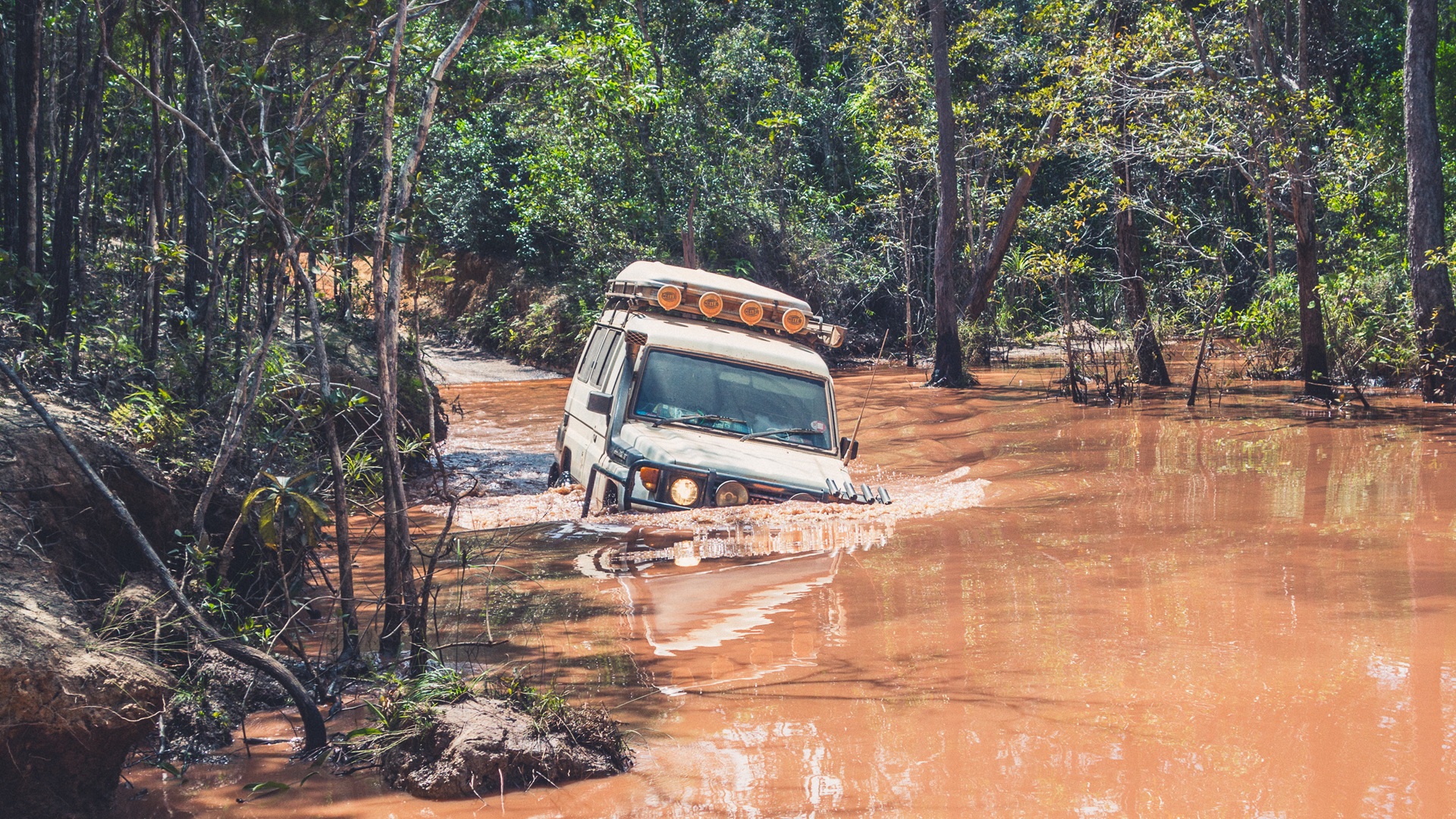
River crossings
Two real-world examples of waters’ poor conductivity you’ve probably already observed, even if you didn’t think about it at the time, are 4WD river crossings, and unsealed headlights.
Engines still run when the battery and alternator are completely submerged, headlights still shine while their housings are full of water and their filaments are submerged, and trucks keep driving once they emerge from the river.
Solar blankets have been part of my setup for years; I’ve crossed rivers with exposed vehicle plugs, and left my solar panels and cables connected in the rain while the panels were providing power to my batteries more times than I can count, and never had a problem. I’ve never had to so much as replace a fuse, even after some truly torrential rain.
Now, none of this means you should be completely careless with your 12v setup when it comes to water, you shouldn’t leave Anderson plugs submerged “because you can”, but getting them wet is far more forgiving than you might have first thought.
Use a bit of common sense; mount your plugs in a position they can drain or dry, fit covers when not in use to protect them from dirt and weather, and your external plugs should provide you trouble-free power for years of travel.
# 4WD electrics in rain, 4WD battery in river crossings, using Anderson plugs in the rain.

